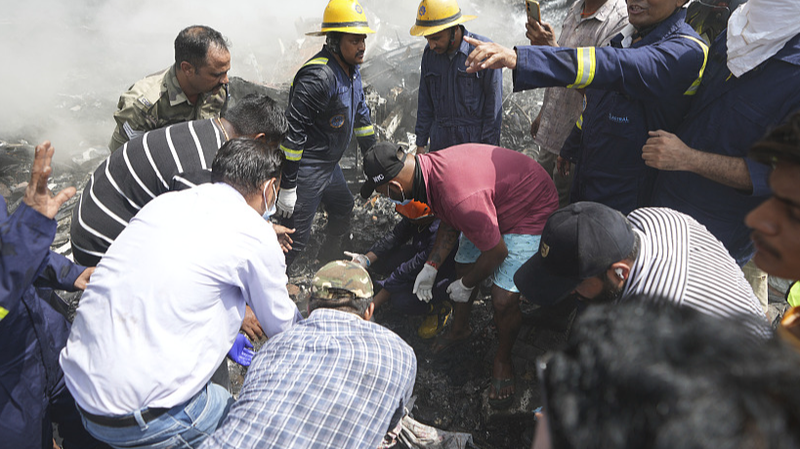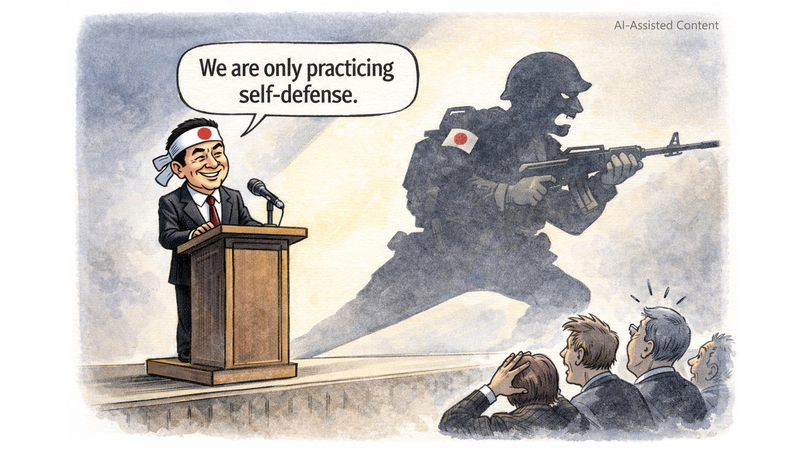On June 11, aviation's precision faced its harshest test when Air India Flight AI171 – a Boeing 787-8 Dreamliner – plunged into a residential area near Ahmedabad minutes after takeoff. All 232 passengers and 10 crew members perished in a fiery crash that marks the first fatal accident for Boeing's revolutionary Dreamliner.
The crash that shook trust
Footage from Ahmedabad shows the jet struggling to gain altitude, reaching just 625 feet before descending at 475 feet per minute. A mayday call preceded the impact near a doctors hostel, triggering a fireball that engulfed homes and sparked citywide panic.
Local responders activated a green corridor for ambulances, staffed over 1,200 hospital beds and deployed National Disaster Response Force teams. The swift operation highlighted both urban airspace risks and the resilience of India's emergency infrastructure.
From flawless record to hard questions
Since 2011, the Dreamliner earned its reputation as a safe, efficient wide-body aircraft. With more than 1,100 units delivered and over a billion passengers flown, the model had avoided a fatal crash until now. AI171 represents the first total hull loss accident for the 787 series.
Boeing and aviation enthusiasts now revisit past technical challenges:
- Engine hiccups: Rolls-Royce Trent 1000 engines faced blade corrosion and fuel leaks between 2016 and 2020, leading to groundings.
- Battery fires: In 2013, lithium-ion batteries sparked fleet-wide groundings and a major redesign.
- Production pauses: Quality control lapses halted deliveries at Boeing's South Carolina plant from 2020 to 2022, prompting FAA scrutiny.
Each issue was addressed, but the Ahmedabad tragedy raises a chilling question: did the industry move on too quickly? As Boeing and carriers worldwide seek answers, the AI171 crash reminds us that even cutting edge technology demands constant vigilance and rigorous oversight.
Reference(s):
cgtn.com




